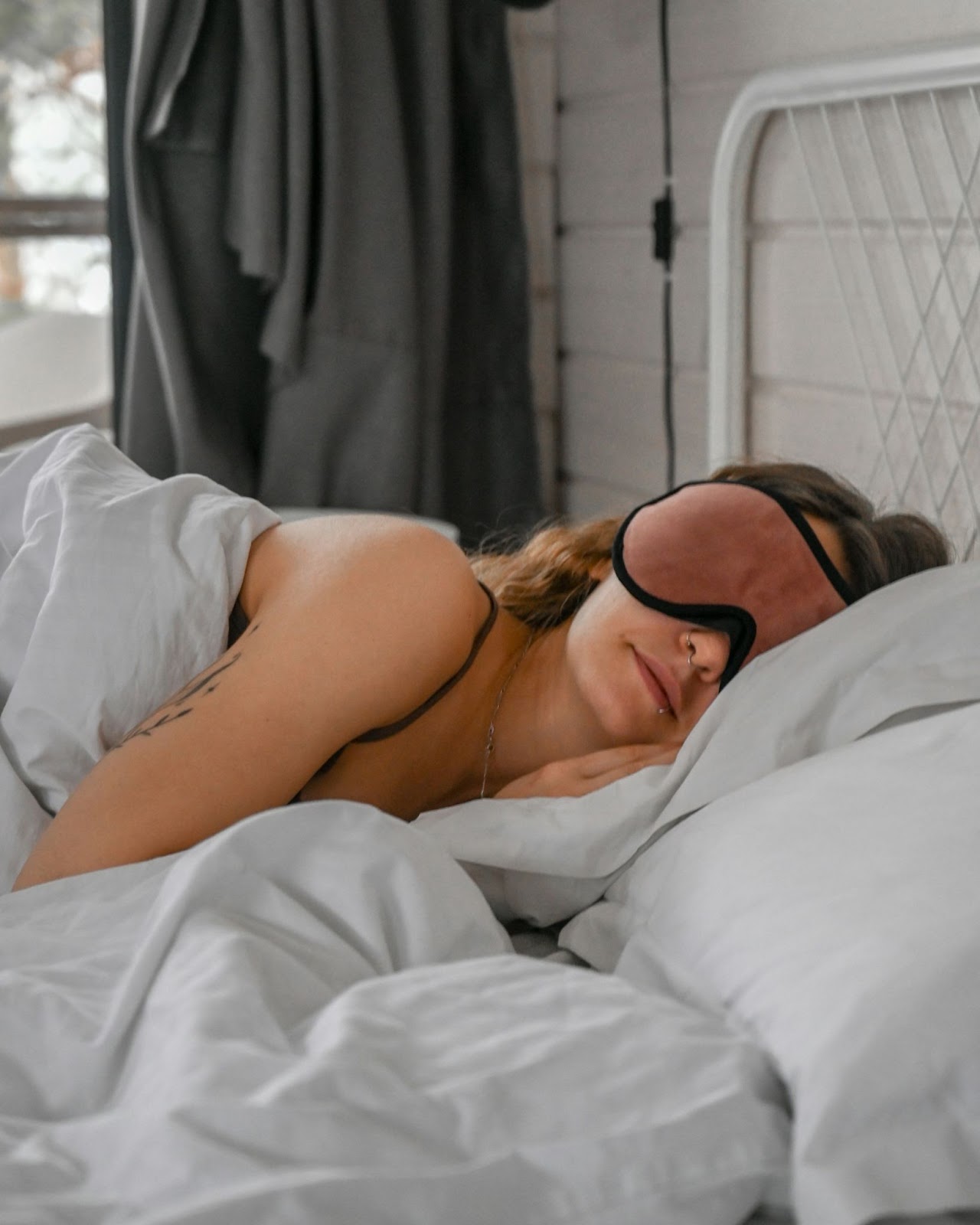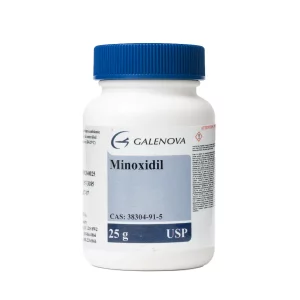Your cart is empty.
Your cart is empty.
Sleep apnea is a common disorder affecting health. Evidence suggests that Mounjaro may benefit those with sleep apnea related to obesity, with research showing a reduction in apnea events per hour among users. Additionally, some studies are investigating Mounjaro’s heart benefits, as its ability to enhance metabolic health may have positive cardiovascular effects.
As discussions surrounding Mounjaro vs. Ozempic continue, individuals evaluate which treatment offers the best metabolic and respiratory health outcomes. For those looking to explore its potential, trusted medical sources provide options to purchase Mounjaro under professional guidance.
Significant weight loss with Mounjaro treatment leads to more noticeable improvements in individuals with sleep apnea. Reducing fat deposits around the airway helps relieve obstruction and enhance symptoms. While CPAP machines and lifestyle changes are standard treatments, emerging research indicates that medications like Mounjaro may provide additional benefits for those with sleep apnea.

Sleep apnea is a condition characterized by disrupted breathing during sleep. These disruptions, or “apneas,” are pauses in breathing that can occur repeatedly throughout the night. There are two main types of sleep apnea:
OSA is often associated with excess weight, as increased fat deposits can contribute to airway obstruction. Untreated sleep apnea can lead to various health issues, including daytime sleepiness, increased risk of heart disease, stroke, and other metabolic complications.
Weight gain is a significant contributing factor to the development and severity of obstructive sleep apnea. Excess weight, particularly fat deposits in the neck and around the airway, can narrow the upper airway, making it more prone to collapse during sleep. This collapse leads to the characteristic breathing pauses and reduced oxygen levels in OSA.
Conversely, losing weight can significantly improve sleep apnea symptoms. Studies have shown that even a modest weight reduction of 5–10% of body weight can reduce the frequency of apnea events and improve overall sleep quality.
Mounjaro (tirzepatide) is a medication initially developed to manage blood sugar levels in people with type 2 diabetes. It has also demonstrated effectiveness in supporting weight management. Mounjaro works by activating glucagon-like peptide-1 (GLP-1) and glucose-dependent insulinotropic polypeptide (GIP) receptors in the body. These receptors regulate appetite, insulin secretion, and glucose metabolism.
In simpler terms, Mounjaro helps people feel fuller for longer, reduces appetite, and improves how their bodies process sugar. This leads to better blood sugar control and weight loss. Mounjaro’s impact on weight management is particularly interesting in sleep apnea, as reducing excess weight can alleviate airway obstruction and improve breathing during sleep.

Emerging evidence indicates that Mounjaro may benefit individuals with obesity-related sleep apnea. Clinical trials from Eli Lilly showed that participants experienced reduced apnea events per hour, suggesting improved severity. Studies also examine Mounjaro’s potential cardiovascular benefits due to its positive effects on metabolic health.
These improvements seem more significant in those who lose weight while using Mounjaro, as reduced fat deposits around the airway likely alleviate obstruction and enhance sleep apnea symptoms. As discussions around Mounjaro vs. Ozempic continue, individuals weigh their options for improving metabolic and respiratory health. Trusted medical sources offer guidance for purchasing Mounjaro.
Traditional treatments for sleep apnea primarily focus on mechanical interventions and lifestyle modifications. These include:
While Mounjaro is not intended to replace these traditional treatments, it may serve as a complementary option, particularly for individuals with obesity-related sleep apnea. In some cases, successful weight loss with Mounjaro may reduce the reliance on mechanical aids like CPAP. However, consulting a healthcare professional before changing your treatment plan is crucial.
Mounjaro is not currently approved as a primary treatment for sleep apnea, but research on its potential benefits for the condition is ongoing, with promising early results. While not officially indicated for sleep apnea, healthcare providers may consider Mounjaro for individuals with type 2 diabetes and obesity-related sleep apnea, as it may effectively address both conditions.

If you suspect you have sleep apnea or are considering Mounjaro as a potential treatment option, it is essential to take the following steps:
By supporting weight loss and reducing fat around the airway, Mounjaro may lessen breathing pauses during sleep.
Not yet, but it is being researched for this purpose and shows promising results.
No, CPAP should only be stopped if your doctor advises you to do so after follow-up testing.
Even a 5–10% reduction in body weight can lead to noticeable improvements.
Studies suggest it is well-tolerated, but consult a provider for personalized guidance.


Minoxidil 25mg - Oral vasodilator for blood pressure management. Cardiovascular foundation support, pharmaceutical-grade standards, expert monitoring required.

Acarbose 50mg 120 Tablets - Gentle introduction to glucose control. Three-times daily with meals, precision-formulated tablet strength.

Dasatinib 20mg 60 Tablets - Flexible pediatric-strength dosing option. USP standards compliance, anytime administration, gradual increase capability.
Unlock savings on bundles and elevate your online experience today!